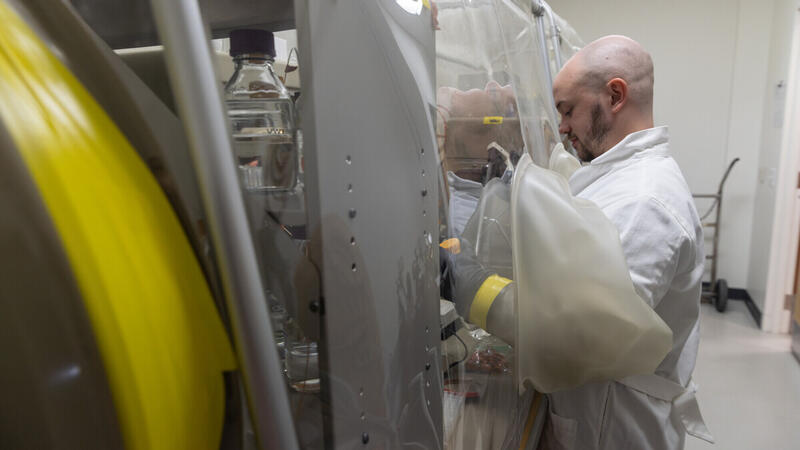News
Sustainable Biomass Conversion
Dual approaches pinpoint genes for better biofuel production
University of Wisconsin–Madison scientists have developed a new method for efficiently pinpointing genes that help microbes resist toxic chemicals, which could enable innovations in biotechnology, medicine, and agriculture.
Transcription factors are proteins that bind to DNA inside a cell, activating or blocking the expression of a particular gene. Accurately predicting these gene regulators is a key step to making more productive and stress-resistant crops. But the complex interactions between DNA, RNA, and proteins within cells make this difficult, and scientists lack comprehensive datasets for most crop species. Therefore, scientists with the Great Lakes Bioenergy Research Center developed a user-friendly pipeline to identify the transcription factors that regulate target genes associated with important traits.
An Italian academy that once counted astronomer Galileo Galilei as a member has recognized a Great Lakes Bioenergy Research Center scientist for her contributions to plant science.
Inspired by the GLBRC, a middle schooler from Utah designed an experiment to test how enzymes affect the production of cellulosic biofuel.
GLBRC postdoc Blaise Manga Enuh published an essay in The Conversation about his work on a genome-scale metabolic model of Novosphingobium aromaticivorans, a bacterium that can convert very complex chemicals in plant waste to valuable bioproducts.
Isobutanol is a promising biofuel with advantages over ethanol: it holds more energy, is less corrosive, doesn't evaporate as fast when blended with gasoline, and can be upgraded into other products like jet fuel. But making isobutanol from non-food plant fibers is challenging. This study estimated a biorefinery could produce isobutanol for a break-even price as low as $14.40 for the energy equivalent of a gallon of gasoline and showed how improvements in some parts of the process could cut that cost by nearly half.
Junior biology major Lizza Korolev is an undergraduate research assistant in the Sato lab, where she studies yeast with the goal of developing strains that can ferment sugars in switchgrass into sustainable biofuels.
Four scientists with expertise in botany, soil health, and computational biology have joined the Great Lakes Bioenergy Research Center to support the center's mission of enabling sustainable plant-based fuels. Their projects will explore ways to grow plants that capture more carbon dioxide and store it in useful compounds; the relationship between bioenergy crop systems and soil health; and use mathematical and computational modeling to better understand the biology of Zymomonas mobilis, a microbe considered as a potential star in the quest to replace fossil fuels.
UW–Madison scientists with the Great Lakes Bioenergy Research Center have developed a quick and inexpensive technique for detecting toxins and other harmful substances by using proteins as a biochemical alert system.
GLBRC scientist Rebecca Smith joined the UW–Madison faculty in August 2024 as an assistant professor in the Department of Plant and Agroecosystem Sciences, where she is applying her knowledge of cell wall and lignin structures to challenges in dairy sustainability, including ways to improve plant digestibility, reduce methane emissions, and increase carbon sequestration.
GLBRC researcher Vatsan Raman was recently named as the first S.C. Fang Professor in biochemistry.
The professorship, which provides $90,000 annually over five years, was established to support a faculty member in the University of Wisconsin–Madison Department of Biochemistry who is advancing human health and wellbeing by conducting innovative basic research related to metabolism.





